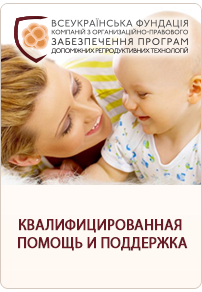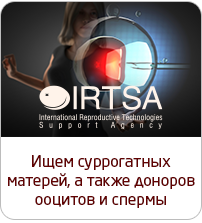Embryo Freezing to Keep Up With the Times
Millions of potential babies stored in freezers are waiting for the opportunity to be born. Does that sound farfetched? It's not. It is actually very real.
One South Carolina couple shares how they started their family this way.
"I think I came to the realization whether I went through the egg donation process or embryo adoption that genetically that child would not be mine, so to me, this seemed like a better option," the mother said.
To get a better understanding of that option, the Southeastern Fertility Center's lab allows for a closer look at the science of babies.
In the lab, embryos are created by piercing the microscopic mature egg taken from a woman; then, inserting an even tinier sperm from a man. Fertility doctors help the process along when this doesn't happen naturally inside a woman's body.
It is a science that has been evolving over decades with high tech incubators and freezing storage tanks.
What is commonly called a test tube procedure, in vitro fertilization, can involve a couple's own egg and sperm or those of donors. A few select embryos are chosen and transferred for a pregnancy. Any remaining are frozen for future pregnancies.
Embryos can remain frozen in tanks for years. When a couple has completed their family, the question becomes, what to do with the leftovers?
"Should they donate them for research?hat may make them uncomfortable, so the idea they could be donated is very reassuring," said Dr. Grant Patton at Southeastern Fertility Center. "It provides a lot of happiness for many couples."
Patton, a veteran in fertility medicine, helped the couple bring their baby into the world through embryo adoption. He says many of the embryos up for adoption involve a patient paired with a donor. He agrees there could be some attachment.
That wasn't the main concern, though, for the adopting couple. Their main question was if it would work?
"We would assume they had picked out the best embryos when they had their children," the father said.
"We've assumed certain shaped embryos will develop better but we're often surprised some of the lesser embryos do just as well, so there's a certain amount of magic involved in this," Patton said.
The embryo exchange is handled by an agency out of state. As with any adoption, there are legal documents and sometimes details to work out with the biological parents. In this case, the family will stay in touch with the donor.
"We agreed to an open adoption and that was the stipulation of the donor parents," the father said.
Their baby will eventually learn he has biological parents. The question now for this couple is when to tell their baby.
"Honestly you're dealing with something that's very unique," the mother said. "We are truly pioneers in the medical field in that regard doing the embryo adoption. We'll figure out what the right timing is."
While this couple's pregnancy happened on the first transfer, the chance of pregnancy is around 40 percent. That compares to a 5 percent chance for a woman in her 40's.
Patton says embryo adoption is less expensive than an in-vitro or egg donation cycle and is said to be less costly than a regular adoption.
www.live5news.com
- The central office of IRTSA Ukraine completely restores work
- How we work during the COVID-19 pandemic
- 1st International Congress on Reproductive Law
- Soon Americans may face a new ethical dilemma
- ‘Friends’ star Jennifer Aniston is pregnant with twins
- Image processing technology can impact the success rates of ivf
- Editing genes of human embryos can became the next big thing in genetics
- Supermodel Tyra Banks undergoes IVF
- Scientists discovered a new, safer way for egg freezing
- French scientists have managed to grow human sperm cells in vitro









